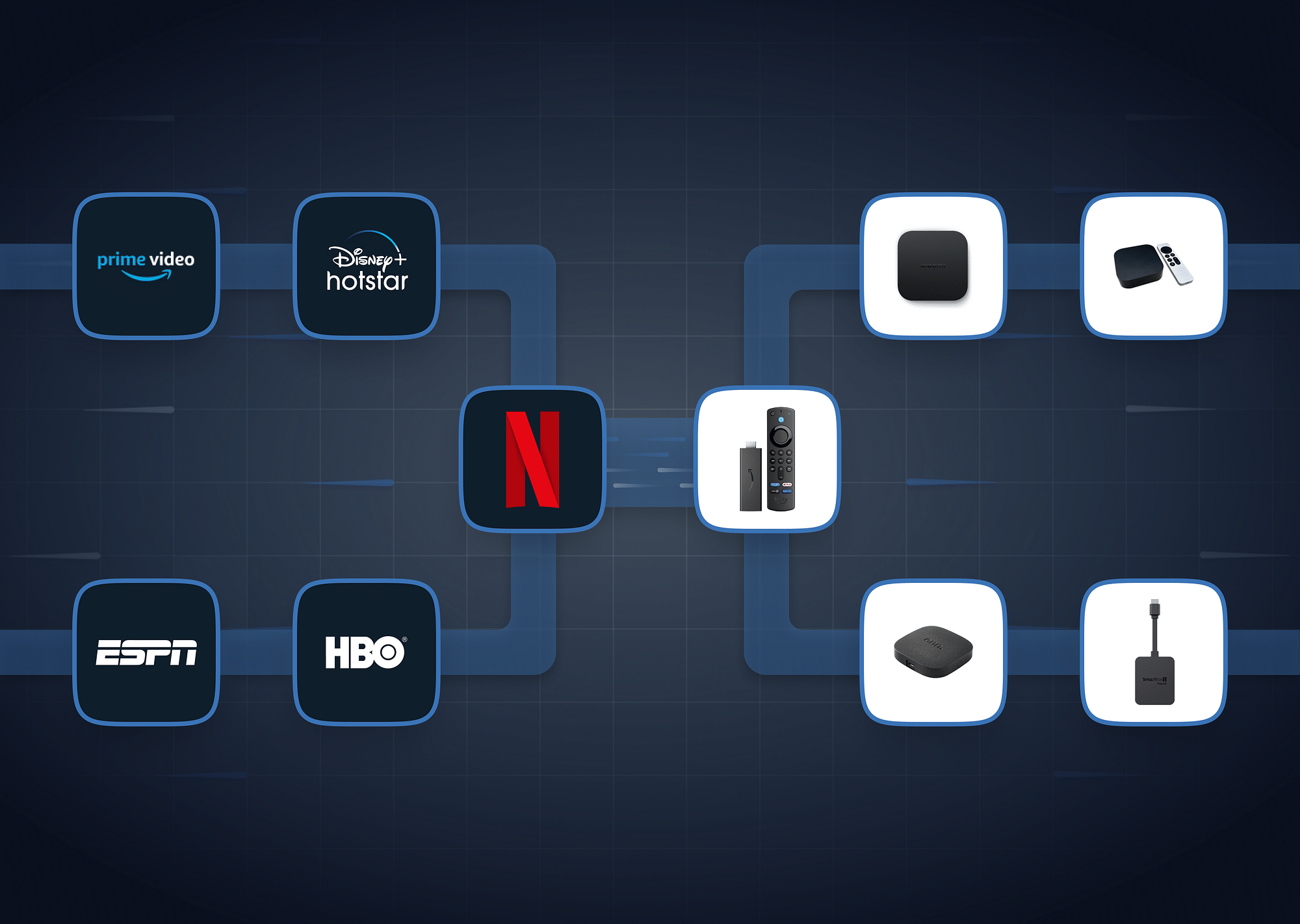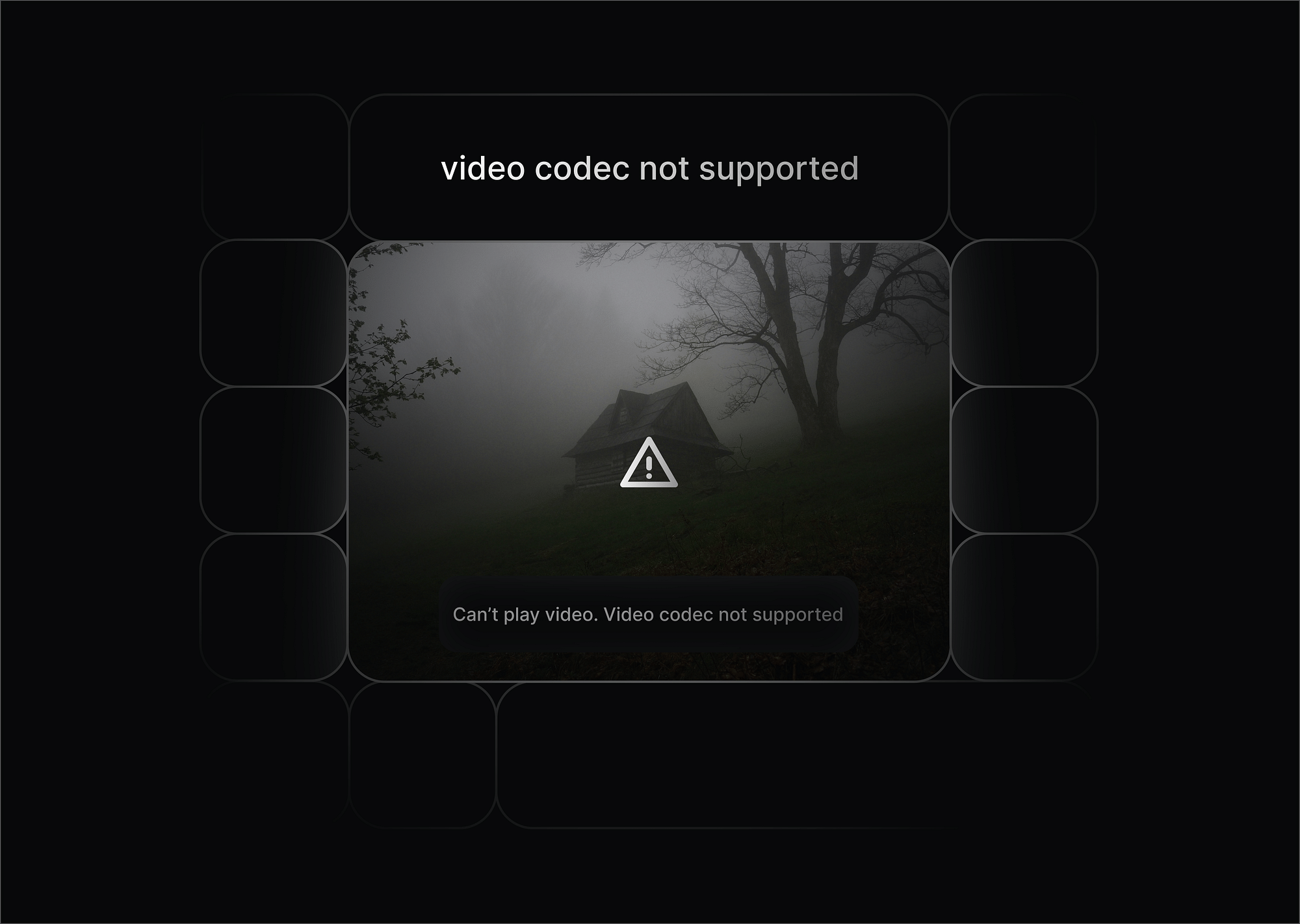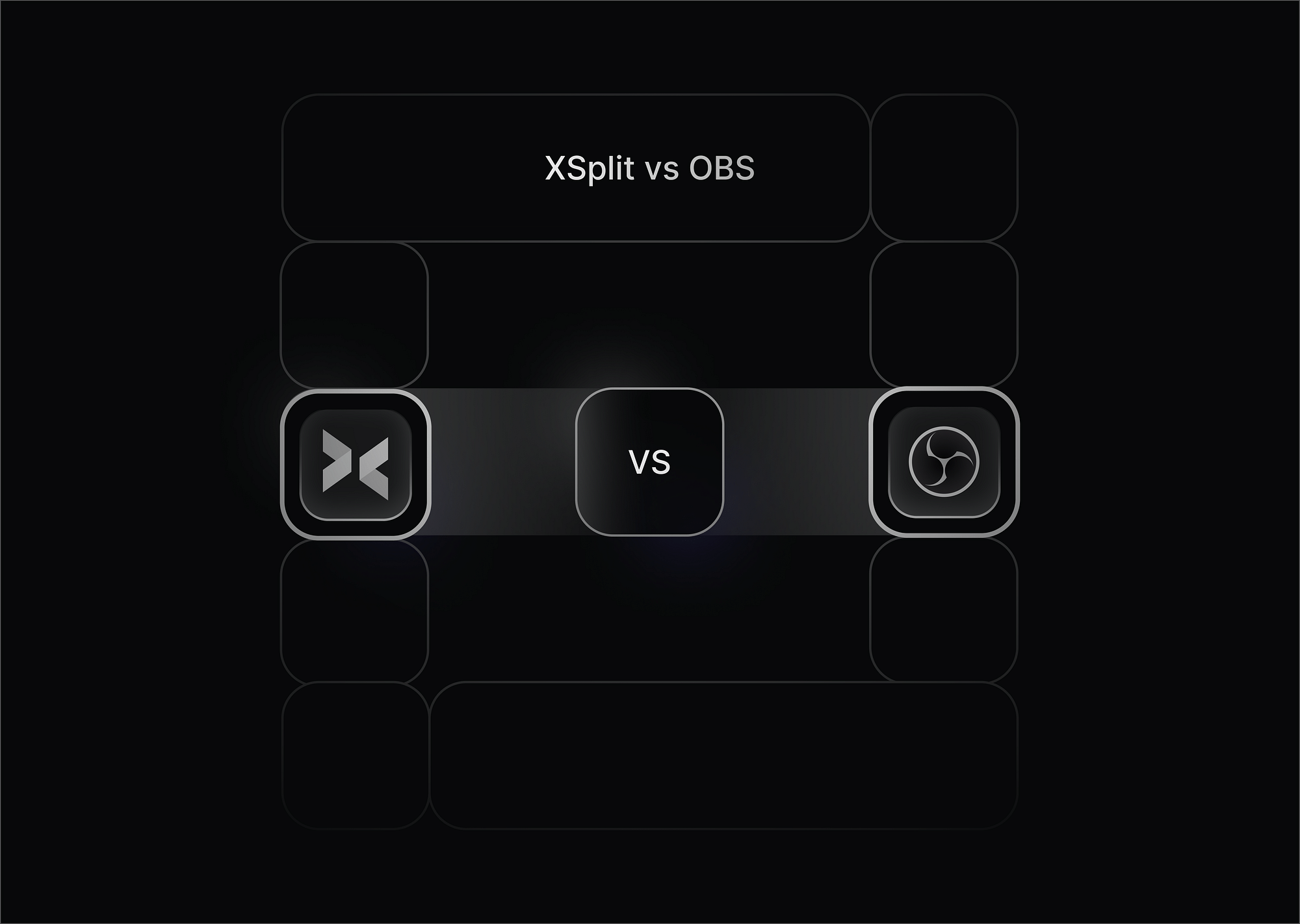4K streaming has revolutionized home entertainment, offering stunning visual clarity and immersive sound experiences. With a plethora of streaming services and devices available, it can be overwhelming to make the right choice. This guide will help you navigate the 4K landscape, highlighting the best streaming services and devices to elevate your viewing experience.
What is 4K Streaming?
4K streaming refers to the transmission of ultra-high-definition (UHD) video content over the internet, delivering resolutions of 3840 x 2160 pixels. This resolution, often called 4K, offers four times the detail of Full HD (1080p), providing a clearer, more immersive viewing experience with enhanced color accuracy and depth. Streaming in 4K is ideal for watching movies, TV shows, and live events where picture quality is paramount.
Minimum Requirements for 4K Streaming
To stream content in 4K UHD (Ultra High Definition), both your hardware and internet infrastructure need to meet specific requirements to ensure smooth and high-quality playback. Let’s explore these essential components in detail:
Hardware Requirements
Streaming in 4K demands that your devices are fully capable of handling and displaying UHD content. Here’s what you need to consider:
- 4K TV or Monitor: The first and most important piece of equipment is a display that supports 4K resolution (3840 x 2160 pixels). Without a 4K-capable TV or monitor, even the best 4K streaming service won’t deliver the visual upgrade you're expecting. Popular brands like LG, Samsung, and Sony offer a wide range of 4K TVs, many of which also support advanced features like HDR (High Dynamic Range) for richer colors and deeper contrasts.
- 4K Streaming Device: In addition to your display, you need a streaming device capable of outputting 4K video. Devices like the Roku Ultra, Apple TV 4K, and Amazon Fire TV Stick 4K Max are all excellent options. These devices are designed to handle the bandwidth and processing demands of streaming in 4K, offering features like HDR support, Dolby Atmos audio, and seamless app integration.
- HDMI 2.0 or Higher: A standard HDMI cable might not suffice for 4K video. Ensure you're using an HDMI 2.0 cable or higher, which can handle the higher data transfer rates required for UHD streaming. This ensures smooth and uninterrupted playback between your 4K device and display. If you want to experience features like Dolby Vision or HDR10+, upgrading to an HDMI 2.1 cable is ideal.
- Sound System (Optional): While not a strict requirement, pairing your 4K setup with a compatible sound system (such as a Dolby Atmos soundbar) can significantly enhance the audio experience, matching the clarity of your visuals.
Internet Requirements
A stable and high-speed internet connection is equally important for 4K video streaming. Streaming in 4K involves transferring a large amount of data, so having the right bandwidth is critical to avoiding buffering or quality drops.
- Minimum Internet Speed for 4K Streaming: To stream in 4K without interruptions, you need a minimum download speed of 25 Mbps. However, for a truly seamless experience—especially for streaming live events in 4K broadcast or when multiple devices are connected—it's advisable to have speeds of 50 Mbps or higher.
- Router and Network: In addition to the internet speed, your home network plays a vital role in delivering smooth 4K streaming. Ensure you have a router that can handle high-speed connections and large data loads. A router with dual-band (2.4 GHz and 5 GHz) or even Wi-Fi 6 technology is highly recommended to prevent bandwidth bottlenecks.
Technological Requirements
The ability to stream in 4K efficiently isn’t just about having fast internet and the right hardware; there are also technological standards that ensure you can stream high-resolution video without using an excessive amount of data.
a. Compression Techniques: HEVC (H.265) and AV1
Two key video compression standards have been developed to reduce the amount of data needed to transmit 4K video while preserving quality: HEVC (H.265) and AV1.
- HEVC (H.265): This widely-used compression technology is a massive improvement over its predecessor (H.264). It reduces the file size of 4K video streams without losing much in terms of visual quality, which makes it possible to stream UHD content even on slower internet connections. Most 4K streaming services such as Netflix, Apple TV Plus, and Disney+ use HEVC to optimize content delivery.
- AV1: This newer codec is even more efficient than HEVC and is expected to become the industry standard in the near future. AV1 delivers high-quality video at lower bitrates, meaning less bandwidth is required for streaming in 4K. Streaming services like YouTube have started incorporating AV1, allowing for a smoother 4K experience even with slower internet connections.
b. Streaming Protocols: HTTP Live Streaming (HLS) and DASH
Efficient transmission of 4K video streaming content also relies on the use of streaming protocols like HLS and DASH.
- HLS (HTTP Live Streaming): Originally developed by Apple, HLS works by splitting the video content into smaller chunks and delivering these pieces to your device in real-time. This allows the video quality to adapt dynamically depending on the strength of your internet connection. For example, if your connection fluctuates, HLS can lower the resolution temporarily, ensuring that playback is uninterrupted.
- DASH (Dynamic Adaptive Streaming over HTTP): Similar to HLS, DASH also breaks down video into smaller segments for more efficient streaming. It’s used by several major 4K streaming services to deliver smooth, adaptive video quality in real time. Both HLS and DASH are vital for 4K streaming because they allow for the transmission of large, high-resolution files without overwhelming your internet connection, ensuring a buffer-free experience.
Best 4K Streaming Services
Before diving into the best 4K streaming services for consumers, it's important to consider a reliable platform for delivering your own 4K content. If you have videos you want to stream in 4K, Gumlet is an excellent solution. Gumlet offers cutting-edge features like buffer-free 4K streaming, ensuring your audience experiences your content in the highest quality, without interruptions. In addition to its smooth streaming capabilities, Gumlet provides powerful optimizations such as adaptive bitrate streaming, efficient video compression, and global content delivery, making it the go-to platform for anyone looking to distribute 4K videos seamlessly.
Now, let's explore the top 4K streaming services for consumers in 2024:
Apple TV Plus
Apple TV Plus offers stunning 4K content with Dolby Vision and Dolby Atmos, creating an immersive viewing experience. Its growing catalog includes critically acclaimed original series and movies.
- Pricing: $10/month
- Countries: Available in over 100 countries
- Best for: Original content and technical superiority
Netflix
Netflix’s 4K offering is supported by their Ultra HD plan, which also includes HDR content. They have a massive library, including movies, series, and documentaries, many of which are available in 4K.
- Pricing: $22.99/month (Premium Plan)
- Countries: Available globally
- Best for: Wide content library and variety
Disney+
Disney+ brings popular franchises like Star Wars, Marvel, and Pixar in glorious 4K resolution, with HDR and Dolby Atmos support for select titles.
- Pricing: $7.99/month for basic, $13.99 for premium.
- Countries: Available in over 50 countries
- Best for: Family-friendly content and exclusive franchises
Hulu
Hulu offers a growing catalog of 4K content, primarily available on original series and select films. It also supports HDR, adding visual depth.
- Pricing: $18.99/month (ad-free plan)
- Countries: US-only
- Best for: Access to current TV shows and originals
YouTube
YouTube provides a mix of free and paid 4K content. Many creators upload in 4K, and YouTube’s Premium service removes ads for uninterrupted viewing.
- Pricing: $13.99/month (YouTube Premium for students)
- Countries: Available globally
- Best for: User-generated content and variety
Best 4K Streaming Devices
Choosing the right streaming device is crucial for getting the best 4K viewing experience. In 2024, a variety of powerful 4K streaming devices offer enhanced features like HDR support, Dolby Atmos audio, and user-friendly interfaces to elevate your home entertainment setup. Here are some of the top options available this year.
Roku Ultra
The Roku Ultra supports 4K UHD with HDR10 and Dolby Vision, offering a comprehensive streaming experience.
- Pricing: $99.99
- Best for: Simple, intuitive interface and excellent app selection
- Video and Audio Support: 4K HDR, Dolby Vision, Dolby Atmos
- Amazon Link: Buy Roku Ultra on Amazon
- Rating: 4.7/5
Apple TV 4K
Known for its seamless integration with the Apple ecosystem, Apple TV 4K supports Dolby Vision, HDR10+, and Dolby Atmos for superior sound and picture.
- Pricing: $189.00
- Best for: Apple users and those wanting top-tier quality
- Video and Audio Support: 4K HDR, Dolby Vision, Dolby Atmos
- Amazon Link: Buy Apple TV 4K on Amazon
- Rating: 4.8/5
Amazon Fire TV Stick 4K Max
The Fire TV Stick 4K Max delivers an affordable 4K streaming solution with HDR, HDR10+, and Dolby Atmos support.
- Pricing: $54.99
- Best for: Budget-conscious streamers
- Video and Audio Support: 4K HDR, Dolby Atmos
- Amazon Link: Buy Fire TV Stick 4K Max on Amazon
- Rating: 4.6/5
NVIDIA Shield TV Pro
The NVIDIA Shield TV Pro is a powerhouse for both streaming and gaming, offering AI-enhanced 4K upscaling.
- Pricing: $199.99
- Best for: Gamers and tech enthusiasts
- Video and Audio Support: 4K HDR, Dolby Vision, Dolby Atmos
- Amazon Link: Buy NVIDIA Shield TV Pro on Amazon
- Rating: 4.5/5
Chromecast with Google TV
The Chromecast with Google TV delivers 4K streaming with HDR support in a compact, easy-to-use device.
- Pricing: $49.99
- Best for: Google ecosystem users
- Video and Audio Support: 4K HDR, Dolby Atmos
- Amazon Link: Buy Chromecast with Google TV on Amazon
- Rating: 4.6/5
Pros and Cons of 4K Video Streaming
Streaming in 4K offers an incredible visual upgrade, but it also comes with certain technical and financial considerations. Understanding both the advantages and challenges of 4K streaming will help you decide whether it’s the right choice for your viewing habits and setup.
Advantages of 4K Streaming
A. Enhanced Visual Experience: The most obvious advantage of 4K video streaming is the dramatic improvement in visual quality. With four times the resolution of Full HD (1080p), 4K offers:
- Increased Detail and Clarity: 4K content displays sharper images, allowing you to see even the smallest details in movies, TV shows, and live events. The difference is particularly noticeable on larger screens, where lower resolutions tend to appear pixelated.
- Better Color Accuracy and Depth: Many 4K streaming services support advanced color technologies like High Dynamic Range (HDR), which enhances the color spectrum, brightness, and contrast, leading to richer, more lifelike images. This improves your overall viewing experience, making everything from nature documentaries to action movies more immersive.
- Improved Immersion: The increased clarity and color depth make the content more engaging, drawing viewers into the action. Whether you're watching your favorite movie or a live sports event, the visual enhancements create a more vivid and realistic experience.
B. Future-Proofing: Investing in 4K streaming devices and services today means you're preparing for the future of entertainment:
- Transition to Higher Resolutions: With more studios and content creators producing 4K content, having a 4K-capable setup ensures you're ready for the ongoing shift to higher-resolution formats. This not only improves your viewing experience now but also positions you well for the eventual mainstream adoption of 8K.
- Support for New Technologies: Many 4K devices come with features like Dolby Vision, HDR10+, and Dolby Atmos, ensuring you're ready for emerging technologies and viewing formats that rely on these enhancements for superior quality.
C. Potential for New Content Formats: 4K streaming opens doors to innovative and immersive content experiences beyond traditional video formats:
- Virtual Reality (VR): Higher resolutions make VR more realistic and visually compelling. Streaming in 4K resolution allows for clearer, more detailed virtual worlds.
- Augmented Reality (AR) and 360-degree videos: Streaming platforms are increasingly supporting new content formats, and 4K resolution is essential for delivering crisp, clear experiences in AR and 360-degree video, both of which rely on detailed imagery to maintain immersion and interaction.
Challenges and Limitations of 4K Streaming
While 4K streaming offers incredible benefits, it comes with its own set of challenges that may impact the user experience.
A. High Bandwidth Requirements: One of the primary hurdles to streaming in 4K is the substantial demand for internet bandwidth:
- High Data Usage: Streaming services require a stable connection with speeds of at least 25 Mbps for uninterrupted 4K streaming. If your connection is slower, you'll likely experience buffering, lag, or lower-quality streams, especially when multiple devices are using the network.
- Buffering and Quality Drops: Even with a high-speed connection, fluctuating internet speeds can lead to momentary dips in quality. Unlike lower-resolution streams, where these fluctuations may go unnoticed, drops in 4K streams can be more noticeable and disruptive.
B. Cost Considerations: Another downside of 4K streaming is the additional costs involved, which extend beyond just the 4K streaming service subscription:
- Premium Subscriptions: Many streaming platforms require a premium plan to access UHD content. For example, Netflix charges more for its 4K streaming plan, making it more expensive compared to the standard HD plan.
- Expensive Hardware: To fully enjoy 4K video streaming, you'll need a compatible 4K TV, streaming device, and audio equipment. These items tend to be more expensive than their lower-resolution counterparts, making the initial investment significant.
C. Limited Content Availability: Though the availability of 4K content is growing, it’s still not as widespread as Full HD offerings:
- Limited Library: While streaming giants like Netflix, Disney+, and Apple TV Plus offer a selection of 4K content, the total library remains limited compared to their HD collections. Some genres or older films may not be available in 4K, meaning you might not be able to watch everything in UHD.
- New Releases and Exclusives: The majority of 4K content is centered around new releases, big-budget films, and platform exclusives. If you primarily enjoy older content, you might find that 4K streaming services offer fewer options in this resolution.
Conclusion
In 2024, 4K streaming has become more accessible and versatile than ever, offering a range of services and devices to suit various preferences and budgets. Whether you're looking for enhanced visual quality, a broad selection of content, or future-proof technology, the right hardware and internet setup are key to unlocking the full potential of 4K streaming.
FAQs
1. What is the internet speed required for 4K streaming?
You need at least 25 Mbps for smooth 4K streaming.
2. Which is the best 4K camera for live streaming?
The Sony A7S III is widely regarded as the best 4K camera for live streaming due to its quality and versatility.
3. What is the internet speed required for live streaming 4K content?
For live streaming in 4K, you'll need a minimum upload speed of 35 Mbps.
4. How do I turn on 4K on Netflix?
Go to Netflix settings and ensure you're subscribed to the Premium Plan. Then, choose 4K-enabled content and set the video quality to "High."
5. Does 4K make a difference when streaming?
Yes, 4K offers sharper, more detailed visuals, especially on larger screens.
6. What is 4K broadcast?
4K broadcast refers to live TV broadcasts in 4K resolution, though it’s still relatively rare compared to streaming services.




